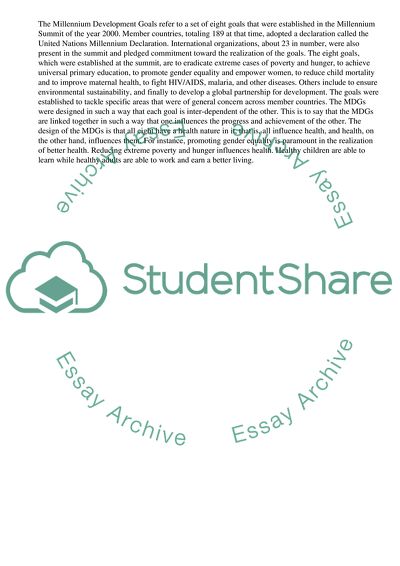Cite this document
(“Millennium Development Goals (MDGs) Essay Example | Topics and Well Written Essays - 1500 words - 1”, n.d.)
Retrieved from https://studentshare.org/business/1682782-millennium-development-goals-mdgs
Retrieved from https://studentshare.org/business/1682782-millennium-development-goals-mdgs
(Millennium Development Goals (MDGs) Essay Example | Topics and Well Written Essays - 1500 Words - 1)
https://studentshare.org/business/1682782-millennium-development-goals-mdgs.
https://studentshare.org/business/1682782-millennium-development-goals-mdgs.
“Millennium Development Goals (MDGs) Essay Example | Topics and Well Written Essays - 1500 Words - 1”, n.d. https://studentshare.org/business/1682782-millennium-development-goals-mdgs.


